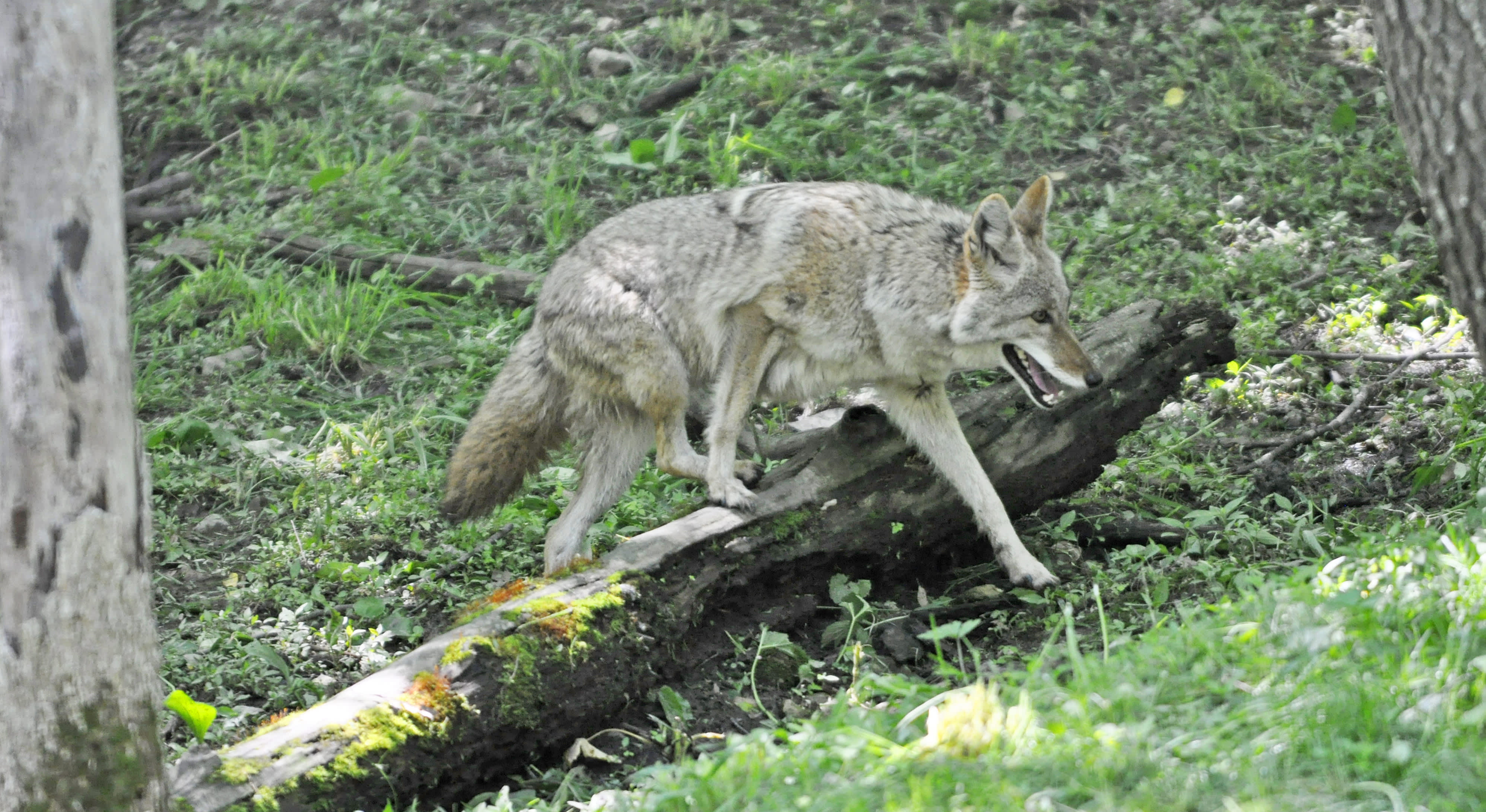Coyote “Attacks” in CA Possibly Linked to Hallucinogenic Mushrooms
OutdoorHub Reporters 01.27.16

Are coyotes getting high off hallucinogenic mushrooms? That is one possible reason for a number of encounters in the San Francisco Bay Area recently, where motorists in Stinson Beach and Bolinas have complained about coyotes chasing passing cars, snapping at tires, and even bringing traffic to a halt.
Some now believe that the behavior may be caused by the ingestion of the fly amanita mushroom.
“It’s a terrifying, yet beautiful thing to behold,” an anonymous commuter told The Pacific Sun.
The fly amanita is a poisonous mushroom with hallucinogenic properties that are commonly consumed by coyotes and dogs. Looking much like the classic toadstool, the fly amanita can cause a wide variety of psychedelic effects when ingested and is taken as a recreational drug in many countries. However, the mushroom must first be parboiled before it can be eaten safely. As a result, most dogs or coyotes that eat the mushroom suffer from the effects of poisoning, such as vomiting and nausea. In worst cases, canines who consume the mushroom will experience seizures, bleeding, liver failure, and ultimately death.
The psychedelic effects of the mushroom on canines are not well-documented, but experts say that they can be especially excitable after consumption. That fits with the accounts given by drivers on Highway 1, who say that the coyotes have been acting stranger than normal. Most healthy coyotes, as with any other animal with a keen self-preservation instinct, do not dart in and out of traffic trying to bite cars.
The psychedelic mushrooms are just one theory, and not exactly the most plausible. Since the hallucinogenic properties of the mushrooms only last temporarily, it may not explain why the coyote encounters have been reported for weeks. Experts with a local animal shelter said that alternate explanations include rabies, which is also unlikely, or that motorists have simply been feeding the coyotes. Feeding any wild animal, least of all a dangerous predator, is never advised.

